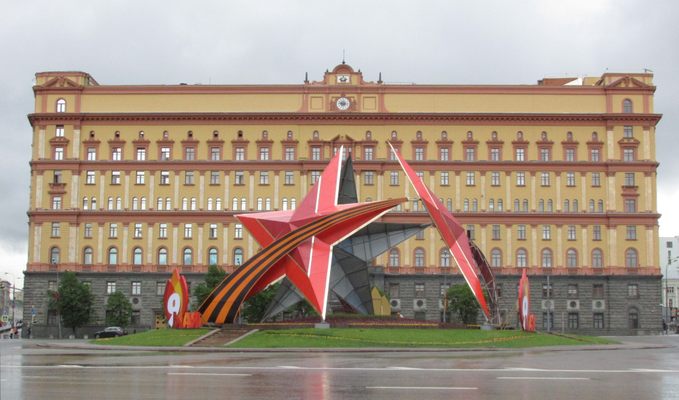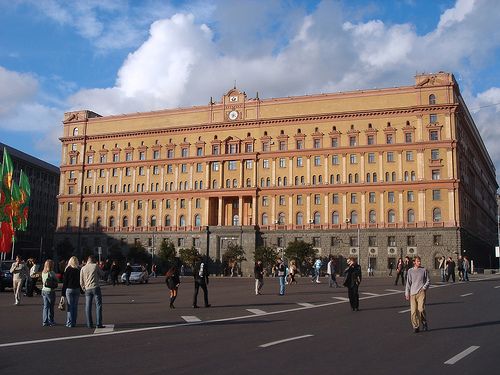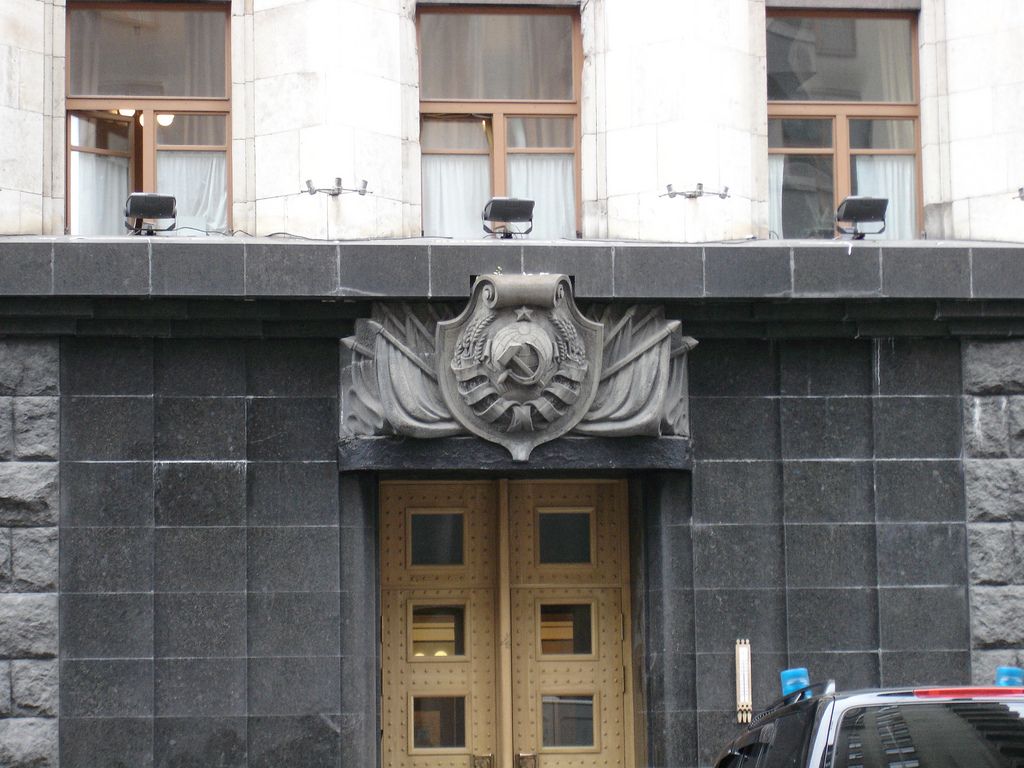About
Lubyanka was the heart of darkness of the old USSR, the fabled headquarters of the KGB and home of an infamous jail where spies, political dissidents, and various enemies of the State were imprisoned, interrogated, and tortured. An old joke called Lubyanka the tallest building in Moscow, since Siberia could be seen from its basement.
Aleksandr Solzhenitsyn described the horrors of the Lubyanka, where he was imprisoned, in his epic book The Gulag Archipelago. Simeon Vilensky, a woman who spent time in the Lubyanka, described the horrible silence of the prison at night. The guards were not allowed to speak and communicated in the darkness by clicking their tongues, a noise that was punctuated only by the occasional wail or a prisoner.
The Lubyanka building, a massive yellow brick structure in the neo-baroque style, looks slightly less menacing than the organization it once housed. It was originally built in 1897 for the All-Russia Insurance Company, but after the October Revolution the building was re-purposed and became the headquarters of the Cheka, the first secret police organization of new socialist state. Until the fall of the USSR in 1991, the adjacent square featured a monument to 'Iron' Felix Dzerzhinsky, the founder of the organization. The Soviet secret police organization has changed names several times but never left the building. The same office on the third floor was used by all the chiefs of the service, from Lavrenty Beria to Yuri Andropov.
The building was extended and enlarged in two intervals, first in the period between 1940-1947, by the addition of one story, and again in 1983. Today it is home to the headquarters of The FSB, or The Federal Security Service of the Russian Federation, Border Control, and the KGB Museum. Visits to the KGB Museum are by appointment only, but it is worth it to see Cold War-era propaganda as seen from the other side.
Related Tags
Community Contributors
Published
August 20, 2009





























